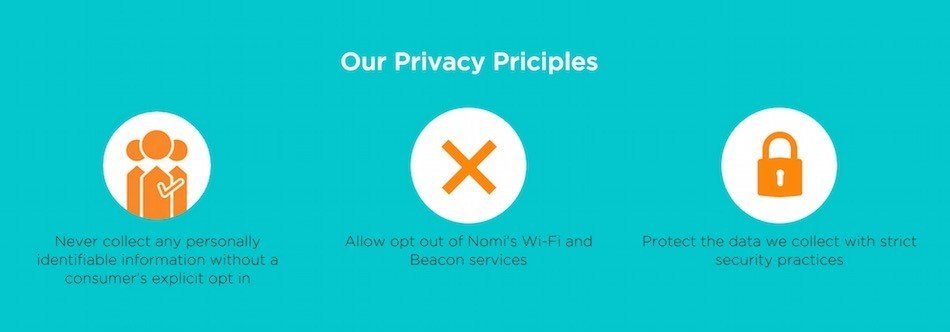
Why it is important to protect data confidentiality Examples IndividualĮxpenditure: Under $500,000. This data is publicly available.įor example: Stats NZ nz.stat datasets. These prevent the unauthorised identification of individuals, households, or organisations. Statistical methods include suppression, aggregation, perturbation, data swapping, top and bottom coding, etc. Confidentialised dataĭata which has had statistical methods applied to it to protect against disclosing unauthorised information. Examples IndividualĮxpenditure: $398,000. Modification involves applying methods such as top-coding, data swapping, and collapsing categorical variables to the unit records. Partially confidentialised: Data which has been modified to protect the confidentiality of respondents while also maintaining the integrity of data. De-identified dataĭe-identified: Data which has had information removed from it to reduce risk of spontaneous recognition (likelihood of identifying a person, place or organisation without any effort).įor example: Data held within Stats NZ’s Integrated Data Infrastructure (IDI) and Longitudinal Business Database (LBD) is de-identified before approved researchers can access in a secure data lab environment. Personal, identifiable data like this are protected, and should only be released to the public providing we have explicit permission to do so.įor example: name, date of birth, gender. Where an individual can be identified through connecting up information. Identifiable dataĭata that directly or indirectly identifies an individual or business.ĭata that identifies a person without additional information or by linking to information in the public domain.
BASIC DATA PRIVACY PRINCIPLES HOW TO
This is a primer on how to distinguish different categories of data in the NZ content.

Data lies on a spectrum with multiple shades of identifiability.

What do statisticians and data analysts mean when they talk about confidentiality? How does identifiable data differ from de-identified or confidentialised information? Data identifiability is not binary.
Confidentiality refers to the protection of data from, and about, individuals and organisations and how we ensure that data is not made available or disclosed without authorisation.ĭegrees of identification in data.Security refers to how an organisation stores and controls access to the data it holds.Privacy refers to a person’s ability to control the availability of data about themselves.The terms privacy, security, and confidentiality are often used interchangeably, but each term has a different meaning: What privacy, security, and confidentiality mean This includes where we must or wish to protect the confidentiality of data throughout its life cycle - whenever we collect, use, store, and distribute it. Why do we have to protect data confidentiality?ĭifferent organisations have different requirements relating to when they must or wish to protect the privacy, security, and confidentiality of data so that people, households, and organisations can’t be identified without their permission. When data is confidential, no individuals, households, or businesses can be identified, and no unauthorised people can access the data. Methods such as perturbation, aggregation, suppression, limiting access, and building synthetic or confidential unit record files keep data confidential. Using statistical methods correctly protects the confidentiality of data. use statistical methods to prevent data from being disclosed in a way that could identify a person, household, or organisation unintentionally.protect data provided by people and organisations, and ensure it isn’t disclosed to anyone who is not authorised to access it.do not release data that could identify people, households, or organisations unintentionally.It is important to understand and apply confidentiality principles, rules, and methods to make sure that you: How can we build synthetic and confidential unit record files to support the general publication of microdata?.How can we limit access to data to protect confidentiality?.

How can we use suppression to protect confidentiality?.How can we use aggregation to protect confidentiality?.How can we use perturbation to protect confidentiality?.What are the methods used to keep data confidential?.What are the principles, laws, and ethics that govern data confidentiality?.Why it is important to protect data confidentiality.What privacy, security and confidentiality mean.Why do we have to protect data confidentiality?.


 0 kommentar(er)
0 kommentar(er)
